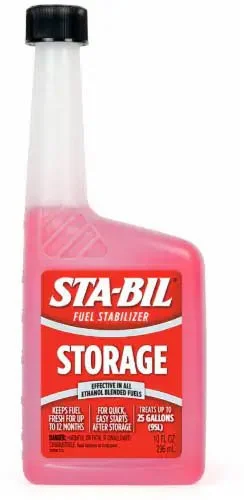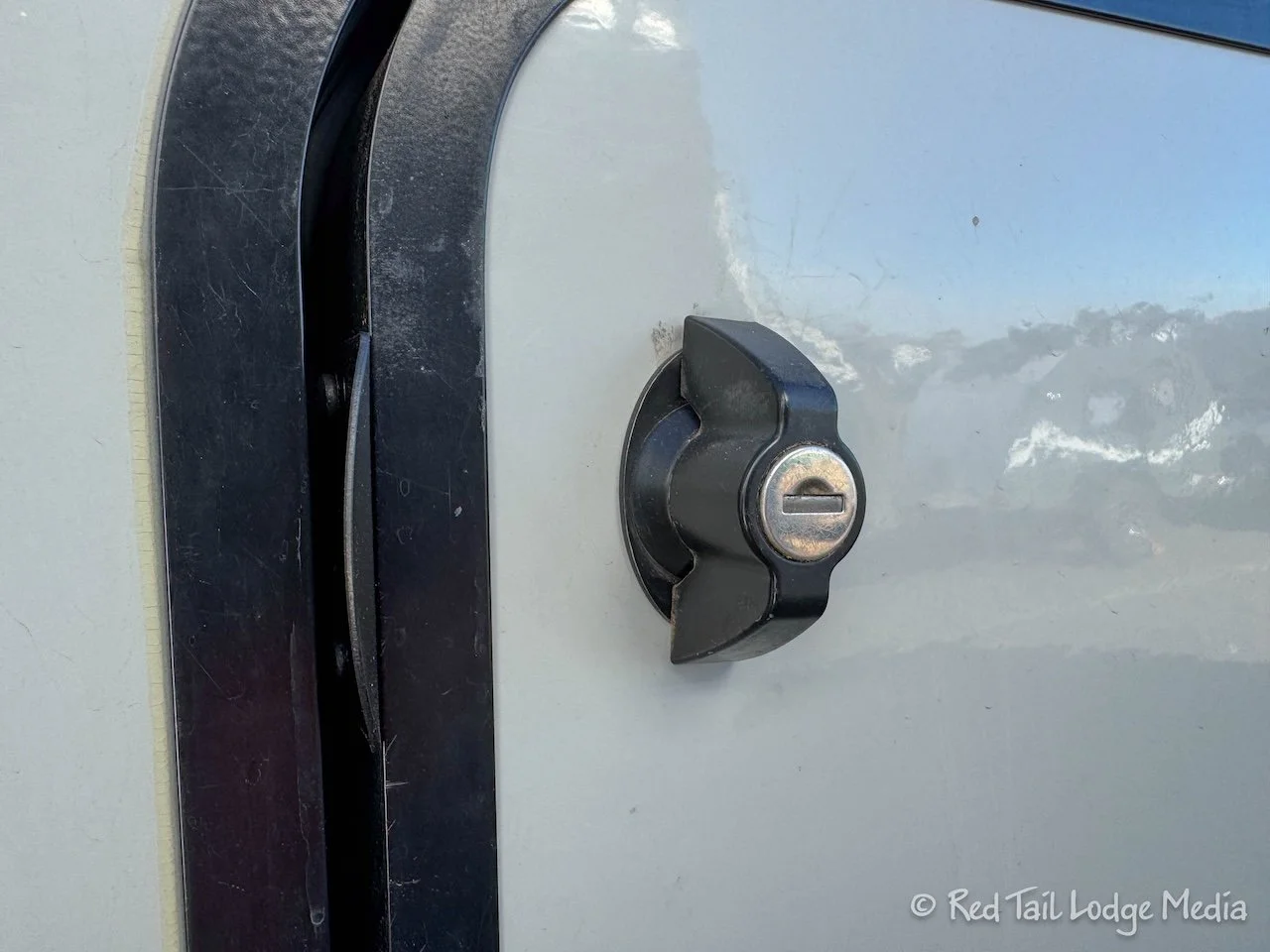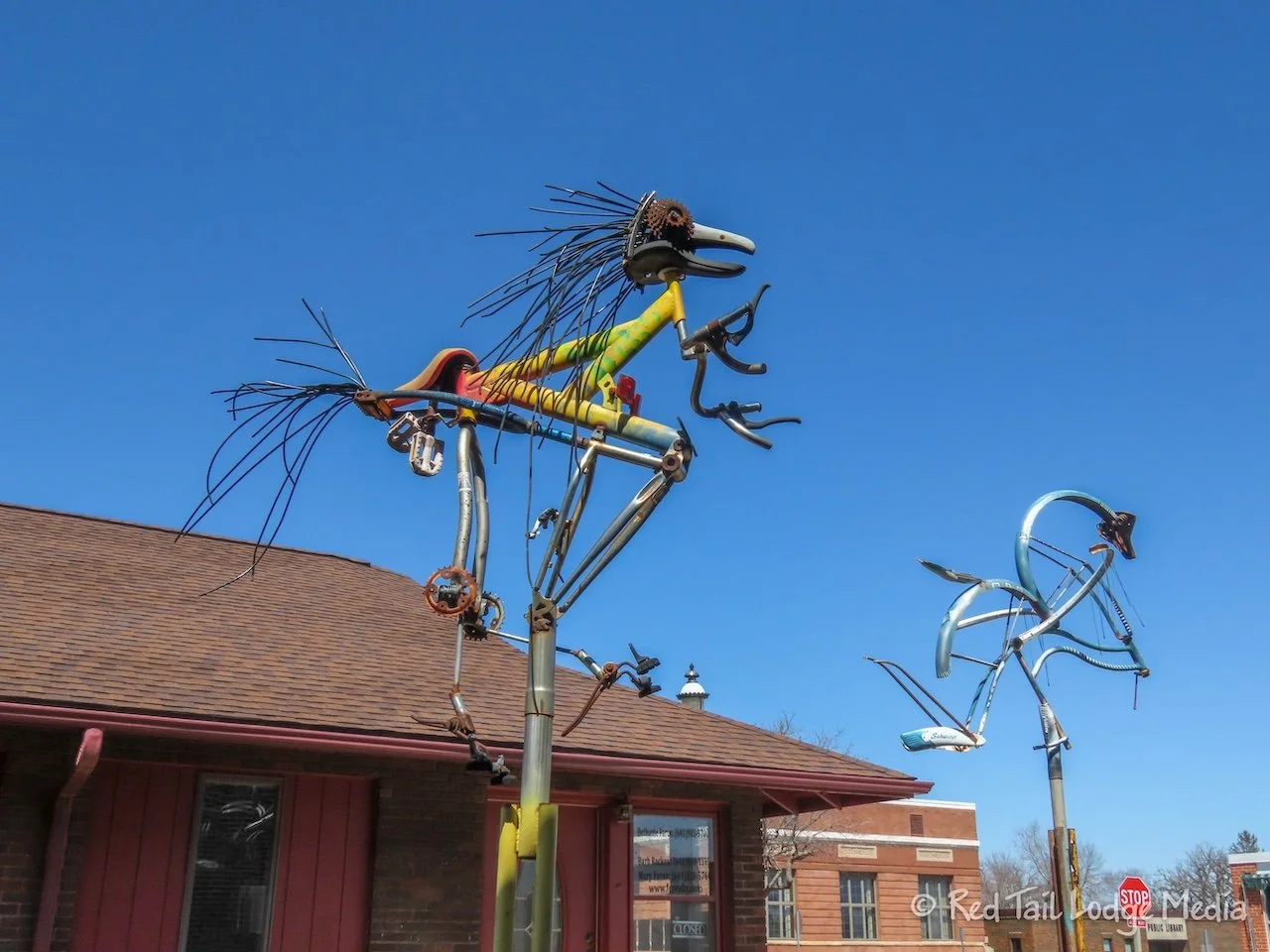Long Term RV Storage
We didn’t use our RV, a Winnebago EKKO, during 2025 because we traveled to Europe instead. Our RV was parked in an RV storage lot from January 2025 to October 2025, with no one checking on it during that time. We’re sharing what we did to prepare for that long storage time, over eight months, as well as what went well and what didn’t.
We had winterized Reg Tail (our Winnebago EKKO) in the fall of 2024, at the end of our travel season, so we left it winterized through 2025.
The chassis batteries were two years old, so we replaced them. The EKKO, built on a Ford Transit cutaway chassis, has two chassis batteries. They both are located under the driver’s seat.
In January, 2025, we took Red Tail to Loveland Ford for maintenance and to troubleshoot a check engine code. We didn’t take it to Rush Ford Truck Center in Denver because the first available appointment was in May and we were leaving for Europe in March. Also, we didn’t take it to Interstate Ford because they initially said they didn’t work on RV’s. We later found out that they will, as long as they are less than 30 feet long. Interstate Ford would have been closer for us, just south of Transwest in Frederick.
Loveland Ford performed a multi-point inspection, oil change, tire rotation and fluid top off. They said the brakes looked good and didn’t need replacement. They also performed the software update for the Transit Transfer Case Failure factory recall.
The engine light was caused by damage to the heated oxygen sensor harness caused by rodents chewing the wiring. They replaced the oxygen sensor bank 1 sensor 1. The cost of the repair was $776.96. We believe the rodent damage occurred while Red Tail was parked in front of our house for an hour while Keith replaced the chassis batteries. When Keith was done, he noticed a rabbit coming out from under the vehicle. Funny that the damage happened while parked in a residential neighborhood instead of all of the campgrounds we visited in the past couple of years.
Before taking Red Tail to the storage lot at the end of January, we filled the gas tank to try to minimize water condensation in the tank and added a fuel stabilizer (paid link). The stabilizer should help the gas in the tank stay fresh, supposedly for up to 24 months.
After parking it in our spot in the RV storage lot, we did some extra precautions in addition to our normal items for shorter storage durations. The normal items included turning off the 12 Volt electrical system, closing all the window blinds, putting the insulating fan cover up, and putting all the window shades in the cab area.
The additional items included hooking up a battery tender (paid link). The one we used was a 5 W solar panel that suction cupped to the outside of the windshield. Cables then connected to the chassis battery terminals in the engine compartment. This was intended to keep the chassis batteries charged while we were gone. The house batteries should stay charged from our solar panels, since our storage spot is uncovered.
There are normally other RV’s parked next to ours, on three sides, which should help minimize the sun exposure to our rig. However, we did put tire covers over the tires (the four outside ones, not the inner two rear dual tires) to reduce the sun damage.
Since the tire covers did not quite cover the full tire, we also added a UV protective spray. Then we overfilled the tires by 5 psi over the recommended tire pressures listed on the door label.
The last item was to make sure the parking brake was off. All of these items were recommendations that we had found through internet searching.
While we were gone, we didn’t have anyone check on the rig. It was in a secured storage lot, so we just trusted our luck and hoped for the best. So when we arrived at the storage lot in October, about eight months later, we weren’t sure what to expect.
The first thing we did was disconnect the tender charger. Well, it was already disconnected because one of the wires was severed. It looked like a pretty clean cut, so we’re guessing it wasn’t an animal chewing on it. We’re not sure when the cut happened, but it was possible that we accidentally severed it ourselves when we closed the hood as we were setting up the charger. Keith had lost the internet connection to the vehicle pretty early on our Europe trip, so the trickle charger may have not done anything while we were gone.
However, the engine started right away. Surprisingly, there must have been enough charge left in the chassis batteries to start the engine. Then we checked the charge of our house batteries. They were both at 100%, 14.2 V. So the solar panels and solar controller did their job. We don’t have the original EKKO solar controller since we installed the Kisae DC to DC charger which includes a MPPT solar charger.
After removing the tire covers, we checked the tire pressures. The front tires were about 5 psi below the recommended pressure, so they lost about 10 psi since February. The back tires were right at the recommended pressure, so they only lost 5 psi.
The only thing we noticed inside the rig was that the window shades on the south side seemed rather stiff and brittle as we tried to open them. The shades on the north side were fine. Even though there was probably a rig parked to the south of us most of the time, those windows must have gotten more sun than the north side, causing some deterioration.
Keith started up the engine again and started driving Red Tail the 11 miles back to our house. He drove gently, letting the tires slowly loosen up, the engine oil slowly heat up, and trying to not put much strain on the engine. However, when he started out, he noticed the engine light came on. Upon arriving back at home, he ran a diagnostic through our BlueDriver OBDII Scan Tool. It returned an error code indicating misfires on cylinder 6, about nine of them. Keith had noticed that the engine seemed to be running a little rough. The following day, we reset the engine codes on the EKKO to see if the misfire errors would come back.
Upon closer inspection of the roof, Keith spotted a hole in the sealant near the cable box. It was a quick fix to add more sealant.
When we tried turning on the MaxxAir fan, the lid would not automatically open. But hand cranking it opened, “popped” the seal and then it was fine. We also noticed that the seals kind of “popped” the first time we rolled down the windows in the cab.
The locks were a little stiff, so Keith lubricated them all.
We didn’t de-winterize the rig, but visually inspected Red Tail thoroughly for leaks. Since the water lines are filled with that wonderful pink fluid, we felt it should be obvious if there was a leak somewhere. The real test will be in the spring, when we de-winterize as we prepare for Season Eight of our travels. We’ll keep you posted if we discover anything.
A couple of days later, we wanted to freshen up the gas in the tank, so we went for a drive in the mountains to try to burn up the tank full of gas. Most of the aspen trees had already lost their leaves, but it was still a beautiful drive. We took highway 93 to Golden, then highway 6 up Clear Creek Canyon to I-70. Heading west on I-70, we turned south onto highway 9 to reach Breckenridge for lunch. After a delicious lunch at Tin Plate Pizza, we continued south on highway 9 to FairPlay before returning to Denver via highway 285, over Kenosha Pass.
That loop burned about half a tank of gas. A long trip up I-25 the day before and a long trip over to a carpet store the following day burned the rest of the tank. We then put in a few fresh gallons of gas to get around town before we return the EKKO to storage. The misfire error codes did not return. Hopefully it was just a clogged fuel injector that cleared itself. We’ll let you know if we have any issues later on.
The only other item that we noticed was some rust on the frame of the rig, just behind the cab on the driver’s side. Keith easily fixed it with a wire brush and spraying on some Rustoleum paint.
We have an appointment in November with Winnebago in Forest City, Iowa for some recall work. So we’ll have a chance to camp in it on the way there and back. Even though we plan on keeping it winterized during that trip, we’ll be putting the electrical system and propane system through its paces. Again, we’ll report back if we find anything wrong. We’re keeping our fingers crossed that we don’t discover any critter damage to any of the lines.
We hope our experience will help you when you need to store your rig. We feel lucky that we didn’t really have any major issues. Of course, we would recommend having someone check on your rig about once a month while in storage. But it is good to know that it is possible to leave it unattended.
Check out our related video: Long Term RV Storage
(Ann)



























